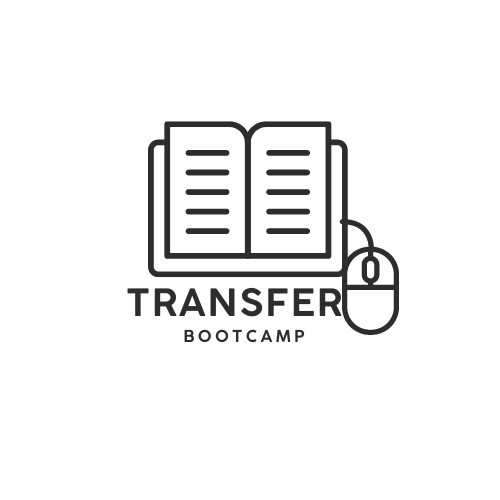Benefits of E-Learning Localization
The process of localizing e-learning content is more than just translating words; it’s about adapting your educational material to resonate with a global audience culturally and contextually. Let’s dive into how e-learning localization software can transform the learning experience for your audience.
Tailoring Content for Cultural Nuances
When you tailor e-learning content for cultural nuances, you’re not just changing the language; you’re aligning your content with the cultural context and preferences of your audience. This fosters a more profound understanding and engagement, ensuring that cultural barriers do not hinder the learning process. As reported on LinkedIn, e-learning localization services aim to break down these barriers by adapting content to the cultural norms and values of diverse audiences.
By incorporating local idioms, imagery, and examples that reflect your learners’ day-to-day reality, you make the content more relatable and digestible. This level of customization can lead to increased learner satisfaction and better educational outcomes. To explore this further, consider browsing through e-learning authoring tools that support diverse cultural settings and scenarios.
Personalizing Learning Experience
Localization goes beyond mere translation to create a personalized and relevant learning experience. Adapting content to the local context not only makes it more effective but also ensures that individuals with different linguistic abilities feel included. This approach leads to a more inclusive, accessible learning environment, accommodating various learning styles and ensuring seamless participation in the learning journey (LinkedIn).
For instance, by using e-learning localization software, you can adjust the language settings of your learning management systems (LMS) or mobile learning apps to cater to non-native speakers, enhancing their ability to absorb and retain information. This personal touch can significantly improve learner engagement, as over 90% of individuals prefer to learn in their native language (Blend).
E-learning localization is a powerful tool that can transform the educational landscape. By respecting and embracing the diversity of your audience, you create more meaningful and effective learning experiences that can reach and inspire a global audience. Whether you’re developing virtual classroom platforms, adaptive learning technologies, or social learning platforms, integrating e-learning localization software into your digital education tools will undoubtedly enhance the overall impact of your programs.
Strategies for Effective E-Learning Localization
E-learning localization is essential for reaching and engaging learners globally. As you venture into the world of digital education, it’s crucial to implement strategies that will make your content accessible and relatable to diverse audiences. Below are key strategies for effective e-learning localization that can help you navigate through cultural nuances and legal landscapes.
Compliance with Local Regulations
When localizing e-learning content for different regions, it’s imperative to ensure compliance with local regulations. This means that your content must adhere to the laws, requirements, and professional standards specific to each country or region. By doing so, you avoid potential legal issues and provide a smoother path for global expansion (LinkedIn).
| Region | Compliance Focus |
|---|---|
| Europe | GDPR for data protection |
| North America | ADA for accessibility |
| Asia | Varied, depending on the country |
To navigate these waters, thorough research and adaptation of your learning content are necessary. This can include translating legal terms accurately, incorporating region-specific examples, and adjusting scenarios to reflect local business practices. Remember, localizing for compliance not only minimizes legal risks but also shows respect for your learners’ professional environment.
For comprehensive e-learning solutions that address these concerns, explore learning management systems (lms) and e-learning content management systems designed with localization in mind.
Measuring Return on Investment
Measuring the return on investment (ROI) of your e-learning localization efforts is crucial in understanding the impact and success of your strategy. Localization can expand market reach, attract a broader audience, and potentially increase revenue through expanded course enrollments.
To gauge the effectiveness of your localization, consider the following metrics:
| Metric | Description |
|---|---|
| Enrollment Numbers | Increase in learners post-localization |
| Learner Engagement | Active participation rates in localized regions |
| Course Completion Rates | Percentage of learners completing the course |
| Feedback and Satisfaction | Learner reviews and survey responses |
By monitoring these metrics, you can assess whether your localized content resonates with the target audience and make informed decisions for future e-learning projects. Tools such as e-learning analytics and reporting tools can assist in tracking these metrics effectively.
In conclusion, effective e-learning localization requires a balance between legal compliance and maximizing ROI. By centralizing your localization efforts and utilizing the right tools, you can ensure that your e-learning content is not only culturally relevant but also legally sound and commercially successful.

